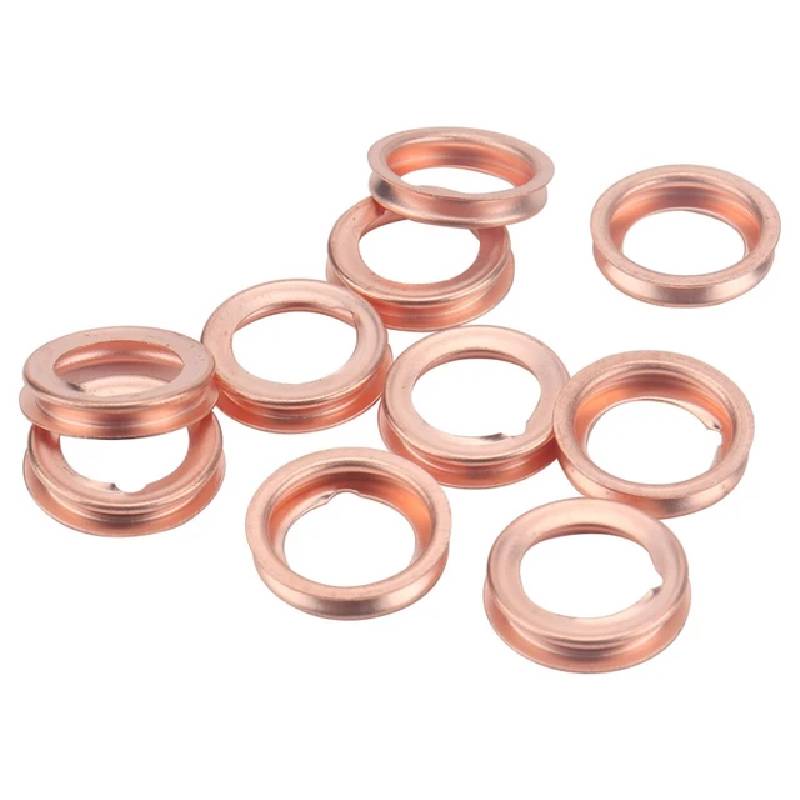seal between transfer case and transmission
Understanding the Seal Between Transfer Case and Transmission
The seal between a transfer case and a transmission plays a crucial role in the overall performance and longevity of a vehicle’s drivetrain. Understanding this component is essential for anyone interested in automotive maintenance or repair, especially those dealing with four-wheel drive (4WD) and all-wheel drive (AWD) systems.
What is a Transfer Case?
A transfer case is an integral part of a vehicle’s drivetrain that is responsible for distributing power from the transmission to the front and rear axles. It allows for the engagement of 4WD or AWD systems, enabling vehicles to handle various terrains and driving conditions. The transfer case typically houses multiple components, including gears, chains, and, in some cases, an electronic control unit that helps manage different drive modes.
The Importance of Seals
Seals are crucial components that prevent fluid leaks between parts. In the context of the transfer case and transmission, the seal helps maintain the integrity of the transmission fluid and transfer case fluid. It ensures that these fluids remain contained within their respective systems, preventing cross-contamination, fluid loss, and maintaining optimal operating temperatures.
Types of Seals
The seals used between a transfer case and a transmission can vary depending on the vehicle model and manufacturer
. The most common types include1. Rubber O-Rings These are circular loops made from rubber and are commonly used for sealing purposes. They provide a tight seal under pressure and can accommodate slight movements between the transfer case and transmission.
2. Gasket Seals A gasket is a flat material, often made of rubber, cork, or another compressible substance, that is placed between two surfaces. Gaskets offer durability and a higher level of resistance to leaks caused by thermal expansion and contraction.
seal between transfer case and transmission

3. Lip Seals Lip seals feature a flexible seal lip that presses against a shaft or component to prevent the escape of fluids. They are particularly effective in dynamic situations where there is movement between the two components.
Common Issues
One of the most common issues associated with the seals between the transfer case and transmission is fluid leakage. Over time, seals can wear out due to heat, pressure, and exposure to harmful substances. A leak in this area can lead to several problems, including
- Fluid Loss Insufficient fluid levels can compromise the operation of both the transfer case and transmission, leading to overheating and potential damage. - Performance Issues A compromised seal can affect the engagement of 4WD/AWD systems, resulting in poor traction and handling. - Costly Repairs Ignoring seal leaks can lead to more extensive damage, resulting in costly repairs to both the transfer case and transmission.
Maintenance and Replacement
Regular maintenance is key to preventing seal-related issues. Checking fluid levels, inspecting for leaks, and replacing worn seals during routine service can help extend the life of these components. If a seal begins to show signs of wear, it should be replaced promptly to avoid more severe damage.
When replacing seals, it’s crucial to use manufacturer-approved parts to ensure compatibility and reliability. The installation should also be performed correctly to maintain the integrity of the seal and prevent future leaks.
Conclusion
In summary, the seal between the transfer case and transmission is a vital component that plays a significant role in preventing leaks and ensuring the efficient operation of a vehicle’s drivetrain. Understanding its functions, potential issues, and maintenance requirements can help vehicle owners and enthusiasts keep their systems running smoothly. Regular checks and timely replacements are essential for the longevity of the drivetrain and overall vehicle performance. Always consult a professional mechanic if you suspect any issues regarding seals and fluid leaks to ensure safe and reliable driving.
-
Understanding Shaft Oil Seals: Protection, Performance, and Marine Applications
News Jun.23,2025
-
Understanding Crankshaft Oil Seals: Types, Functions, and Common Issues
News Jun.23,2025
-
The Rear Crankshaft Seal: Function, Failure Signs, and Replacement Guide
News Jun.23,2025
-
Rotary Shaft Seals: Essential Components for Leak-Free Performance
News Jun.23,2025
-
Everything You Need to Know About Crank Oil Seals and Related Costs
News Jun.23,2025
-
A Complete Guide to Front Engine Oil Seals and Their Role in Engine Health
News Jun.23,2025
-
Understanding Polaris Front Differentials: Key Components for Off-Road Performance
News Jun.20,2025
Products categories















